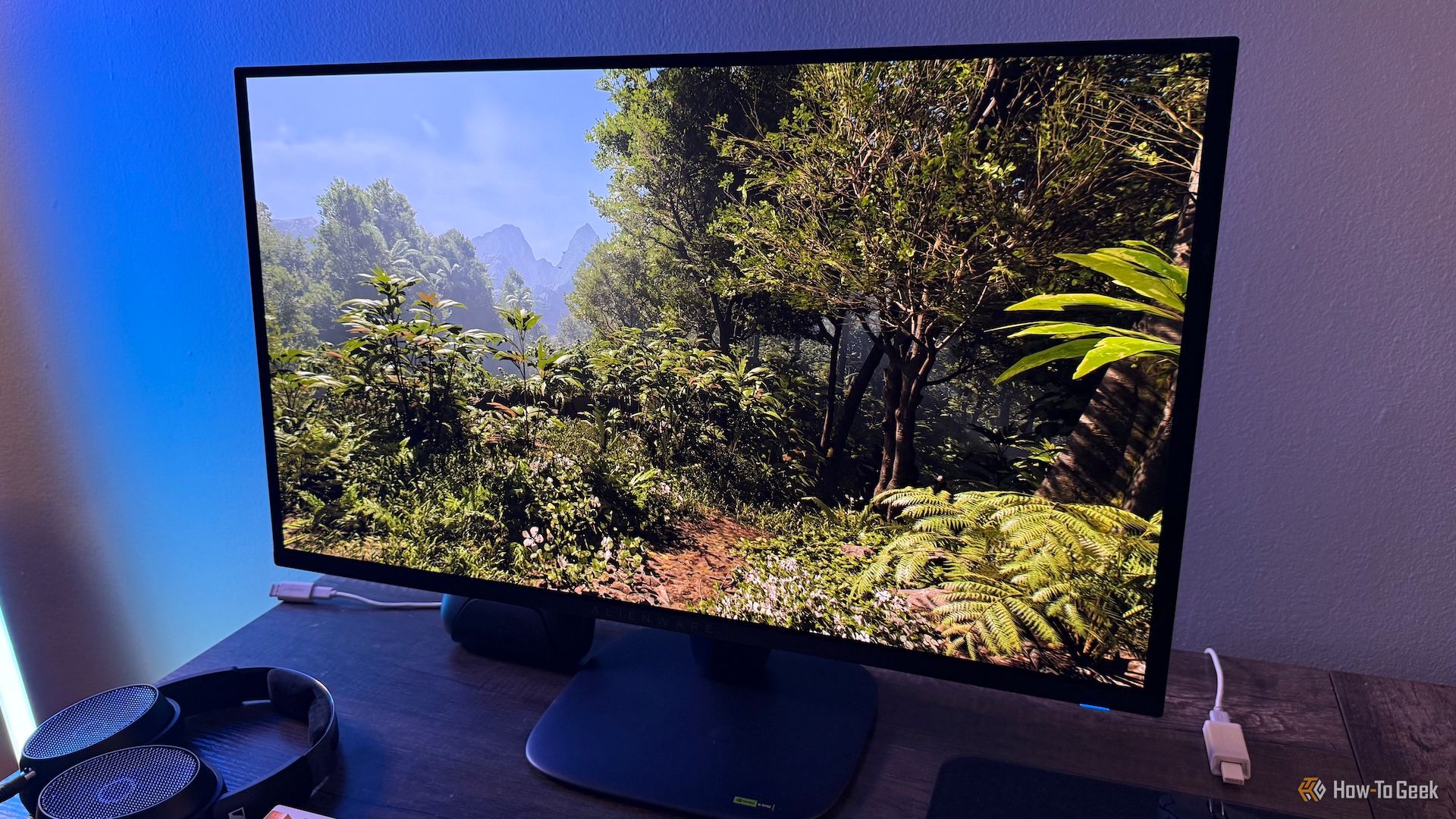Why I Don't Use a 4K Monitor for Gaming—and Why You Shouldn't Either

The Case Against 4K Gaming Monitors
When it comes to gaming, 4K monitors are often hailed as the gold standard by reviewers. However, I find myself questioning whether this resolution is truly necessary for most gamers. While 4K offers a sharper image, the difference may not be significant enough to justify the cost and other drawbacks associated with these displays.
Why 4K Might Not Be the Right Choice
For many gamers, the ideal monitor size is around 27 inches, or up to 32 inches if using an ultrawide. At these sizes, sitting at least 25 inches away from the screen makes 1440p more than sufficient. My own 27-inch 1440p monitor has a pixel density of about 108 PPI, which is actually sharper than my 55-inch 4K TV, which only has 80 PPI.
The key factor in determining whether a display's resolution matters is whether you can see individual pixels. This depends on screen size, resolution, viewing distance, and even your eyesight. Apple’s "Retina" definition, which considers Pixels Per Degree (PPD), provides a useful benchmark. For my monitor to qualify as "Retina," I’d need to sit 32 inches away, which is almost where I currently sit. At that distance, I don’t notice any individual pixels.
In contrast, a 32-inch 4K monitor would qualify as "Retina" at 25 inches, but that’s too close for an optimal gaming experience. Additionally, when gaming, you’re constantly moving your camera around, especially in fast-paced games. You rarely focus on a single part of the screen long enough to appreciate the extra sharpness.
The Cost Factor
Another major consideration is price. High-quality 4K gaming monitors come with a hefty price tag, especially when they also offer high refresh rates. A decent 27-inch 4K monitor like the ASUS ROG Strix XG27UCS costs around $469.99, which is comparable to some high-end 1440p OLED displays. These OLED options offer higher refresh rates, better HDR, and a more noticeable improvement in visual quality compared to 4K.
While I personally prefer non-OLED displays for work, serious gamers should consider OLED for its superior performance and visual appeal.
Performance Challenges
Beyond the cost, 4K requires significantly more processing power. With four times as many pixels as 1080p, running games smoothly at 4K demands a powerful PC. According to Tom's Hardware, you'll need at least an AMD RX 6070 or an RTX 5070 Ti to achieve 60 FPS, which alone can cost over $700. Adding a capable CPU, motherboard, and power supply brings the total system cost to around $1,200–$1,500.
The Steam Hardware Survey for June 2025 shows that the most popular graphics cards are budget-friendly models like the NVIDIA GeForce RTX 3060 and RTX 4060. Achieving true 4K gaming is simply out of reach for the average gamer.
Even if you manage to run games at 60 FPS, it’s no longer enough for many players. To get smoother gameplay, you’ll need to rely on upscaling and frame generation technologies. However, these tools require a strong baseline performance to work effectively.
The Advantages of 1440p
Opting for 1440p instead of 4K can save you money while still delivering excellent visuals. Whether you're using a $1,500 PC or a more powerful rig, 1440p allows for smoother gameplay without sacrificing too much visual clarity. Most gamers would likely prefer an extra 30 to 50 FPS over a 30 to 50% sharper display.
For competitive gamers or those who play online, 1440p is a clear choice. It strikes a balance between performance and visual quality. Plus, the difference in sharpness between 1440p and 4K is minimal, and you can even achieve a similar look with a smaller 1440p monitor.
Why a TV Might Be a Better Option
If I’m going to use 4K, I’d rather do it on a TV. My 55-inch 120Hz OLED TV costs around $1,050 and offers a more comfortable gaming experience, especially when playing with a controller from the couch. While 4K gaming monitors like the Alienware 27-inch 4K QD-OLED are impressive, they come at a steep price.
TVs also serve multiple purposes beyond gaming, making them a more versatile investment. Watching movies or shows on a large screen is more relaxing, especially when shared with others. So, while 4K has its place, it might not be the best choice for every gamer.